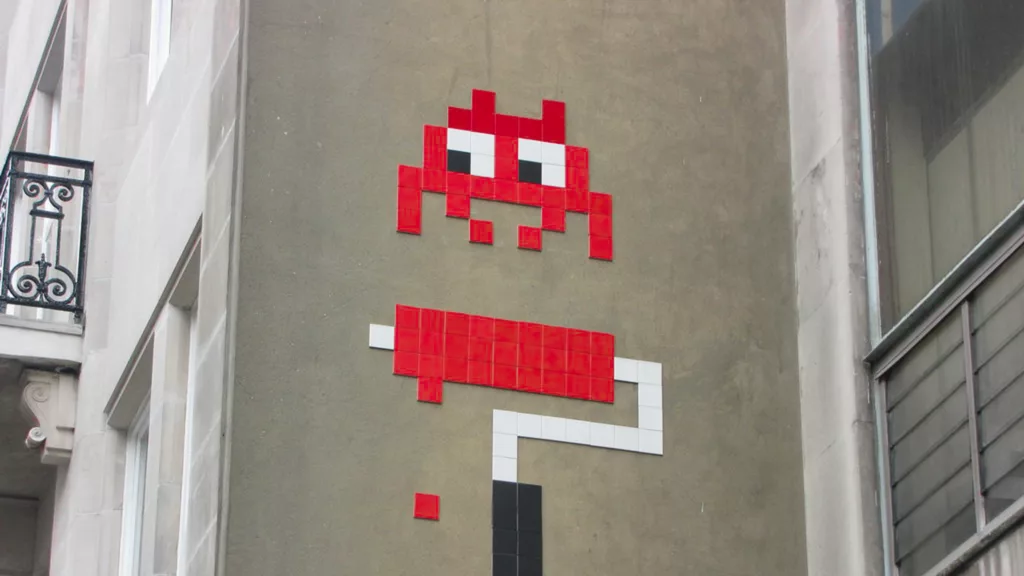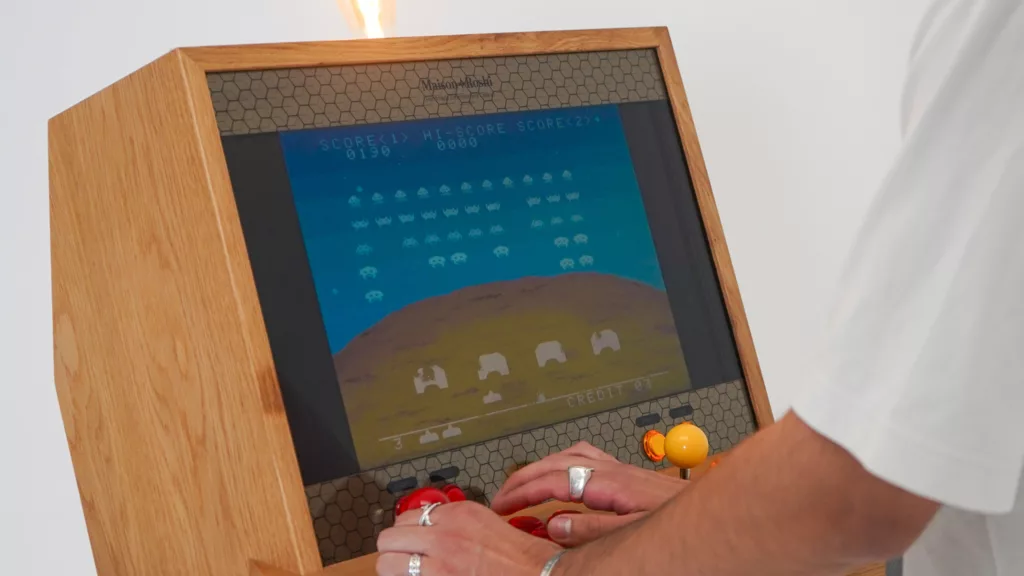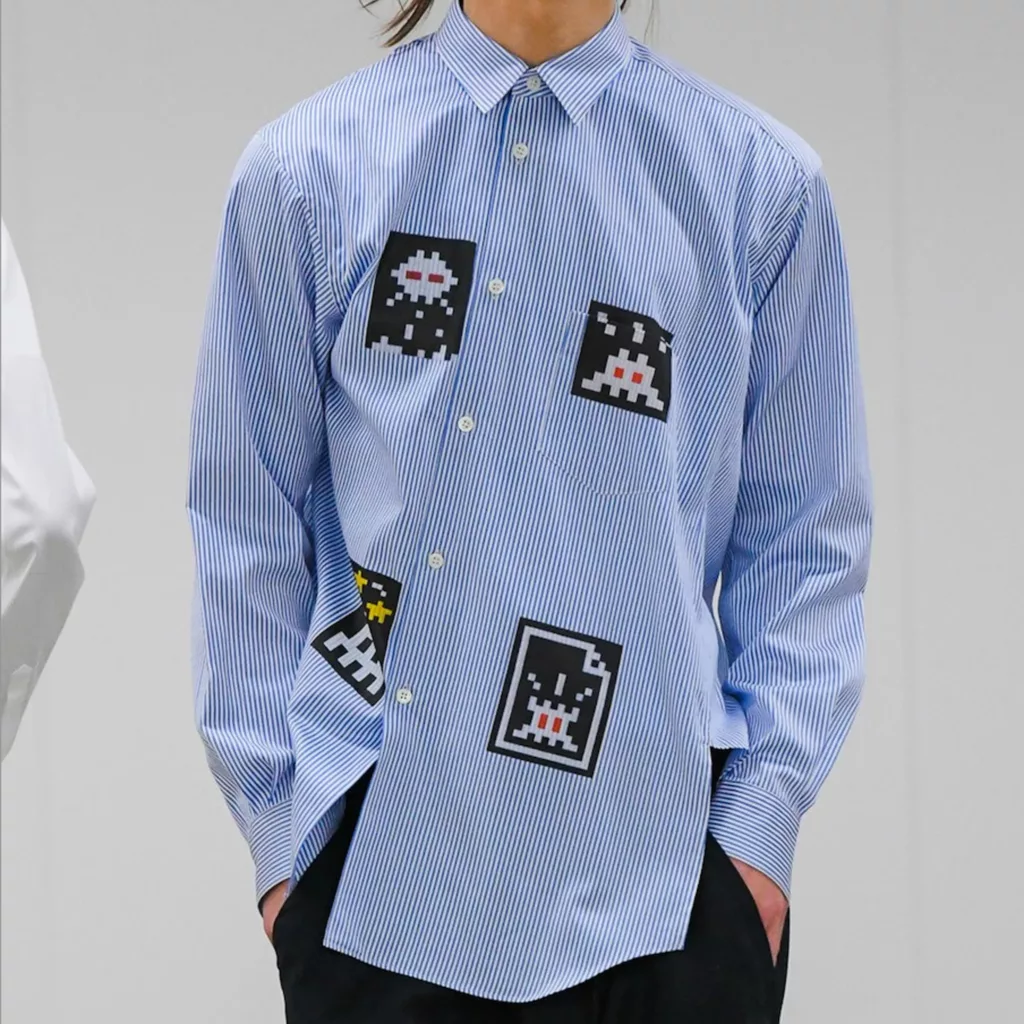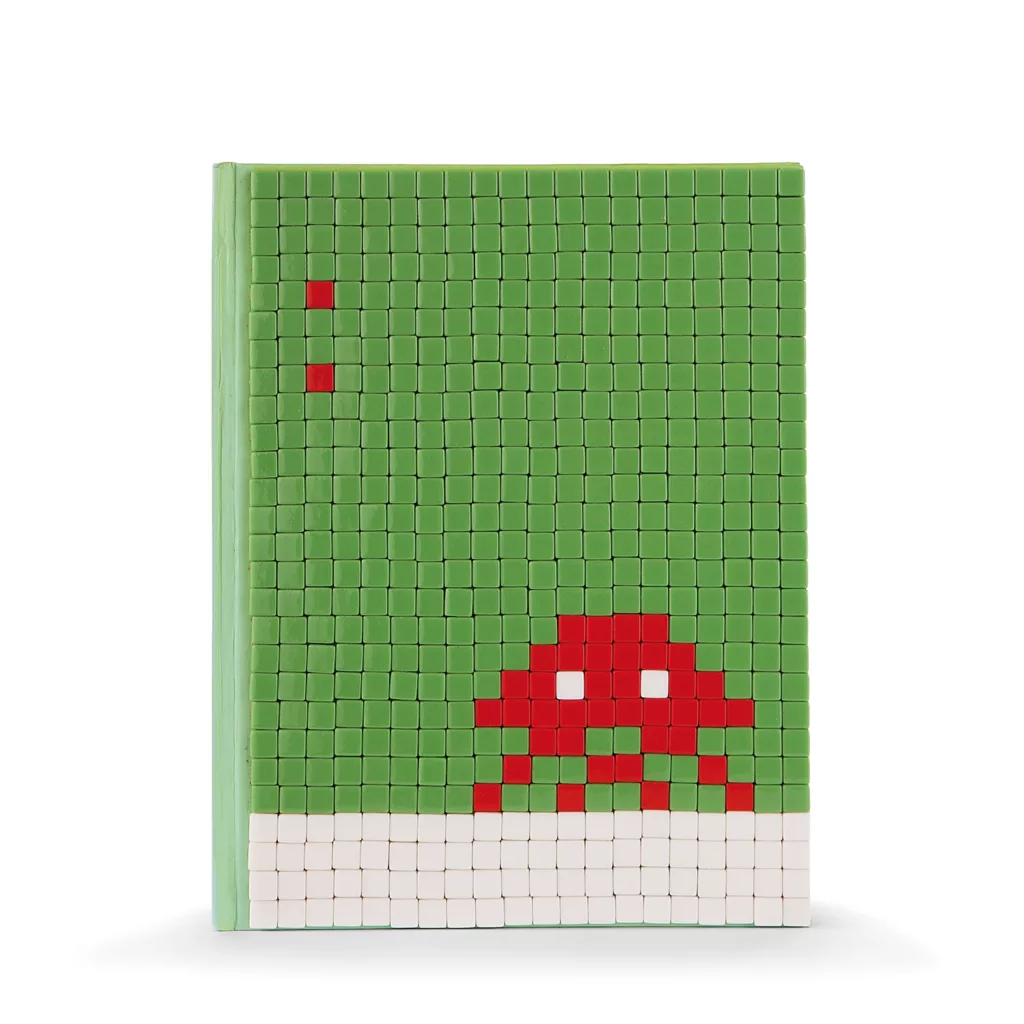Arcade Archives
SPACE INVADERS:
HOW DID THE SHOOTING ALIEN GAME GET TO WHERE IT IS TODAY?
Upon it's release in 1978, Space Invaders caused a temporary Yen shortage in Japan.
But how did the game get to be so famous?

Today, the alien originating from the original Space Invaders 1978 game is known by most people. As noted by Wired, this alien has become a symbol of video games for all – a prime example of this being the fact that typing the word “game” on your iPhone will suggest the purple space invader alien emoji to you. Popular street artist “Invaderwashere” has also contributed to the spread of this symbol, and has ensured that even the least retro enthusiast individual recognises it. Let’s take a walk down retro gaming lane, and uncover how Space Invader’s became the icon it is today.
The Creator and His Inspiration

The late 1970’s were a time of high stakes and extreme competition between the pioneers of the video game industry. At this time, Atari was very much leading the way with the release of countless smash hits, including the classic title “Breakout”.
Following the notable success of “Breakout”, Taito decided it was time for them to step up, and create an equally hooking game. For this task, they hired none other than Tomohiro Nishikado.
Nishikado loved “Breakout”, and decided that Taito’s next top hit would be a fighting game. However, he veered away from some of the elements symbolic to fighting games of the time, including the “time based score system” as well as human fighters. Instead, Nishikado opted for “life” or “heart based” gameplay, and antagonists inspired by one of his favourite films, “War of the World”, and it’s squid-like characters.
Nishikado also created the very first Japanese software-controlled game (one that uses a microcomputer), and with this, re-shaped the boundaries of what was possible for Taito in video game development.
The Release and Invader Craze
In 2008, Guinness World Records listed the title as the top-rated arcade game in technical, creative, and cultural impact.
Therefore, we weren’t particularly surprised to learn that upon it’s 1978 release, Space Invader’s gained so much traction that it caused a temporary Yen shortage. Moreover, the game’s popularity also led to an increase in gaming related crimes, as many young gamers desperately tried to access funds just so they could have a go at shooting the mysterious octopus aliens. Believe it or not, one young girl was found to have stolen the equivalent of 5000 dollars from her parents just to play Space Invaders.
Soon after it’s success in Japan, Space Invaders spread to the United States. In 1980, the game became available on coin-operated American arcades, including the Atari 2600 as well as the popular Nintendo Entertainment System. Over the course of it’s peak years of popularity, the game is said to have generated over 500 million USD.

The Space Invaders Game Genre
The game’s popularity, and success throughout the history of gaming brought rise to a plethora of games that pay homage to the original one. Popular sequels and related titles include Super Space Invaders 91′ and Space Invaders Extreme. Various new generation arcade cabinets have also taken on design elements of the original arcade, and boast various editions of the original game. Maison Roshi’s bespoke wooden arcade cabinets all feature the original 1978 Space Invaders game, as well as a variety of it’s sequels.

Influence of Space Invaders on Pop Culture Today
As mentioned, the space invaders squid-like alien has become synonymous for many of the gaming industry as a whole. Therefore, this character has also become a popular symbol in various fields from art to fashion and more. A recent, notable dedication to this historical game is Comme des Garçons “Invader collection”, which showcased the iconic alien on their staples including t-shirts, hoodies and more.
Moreover, the influence of Space Invaders can also be seen in the art world, perhaps most famously in the work of French artist Invaderwashere (who’s very name is inspired by the game). His work features the pixelated squid-alien, often in politically playful ways or in surprising placements within iconic cities. He cites Space Invaders as “the perfect icons of our time, a time where digital technologies are the heartbeat of our world”. See the image below for one of his most iconic pieces, titled “Guide d’invasion”, which features his signature mosaic Invader, rendered onto the book “Invasion of Paris”. The piece sold for a casual 42,427€ at Tajan Paris in 2017.


